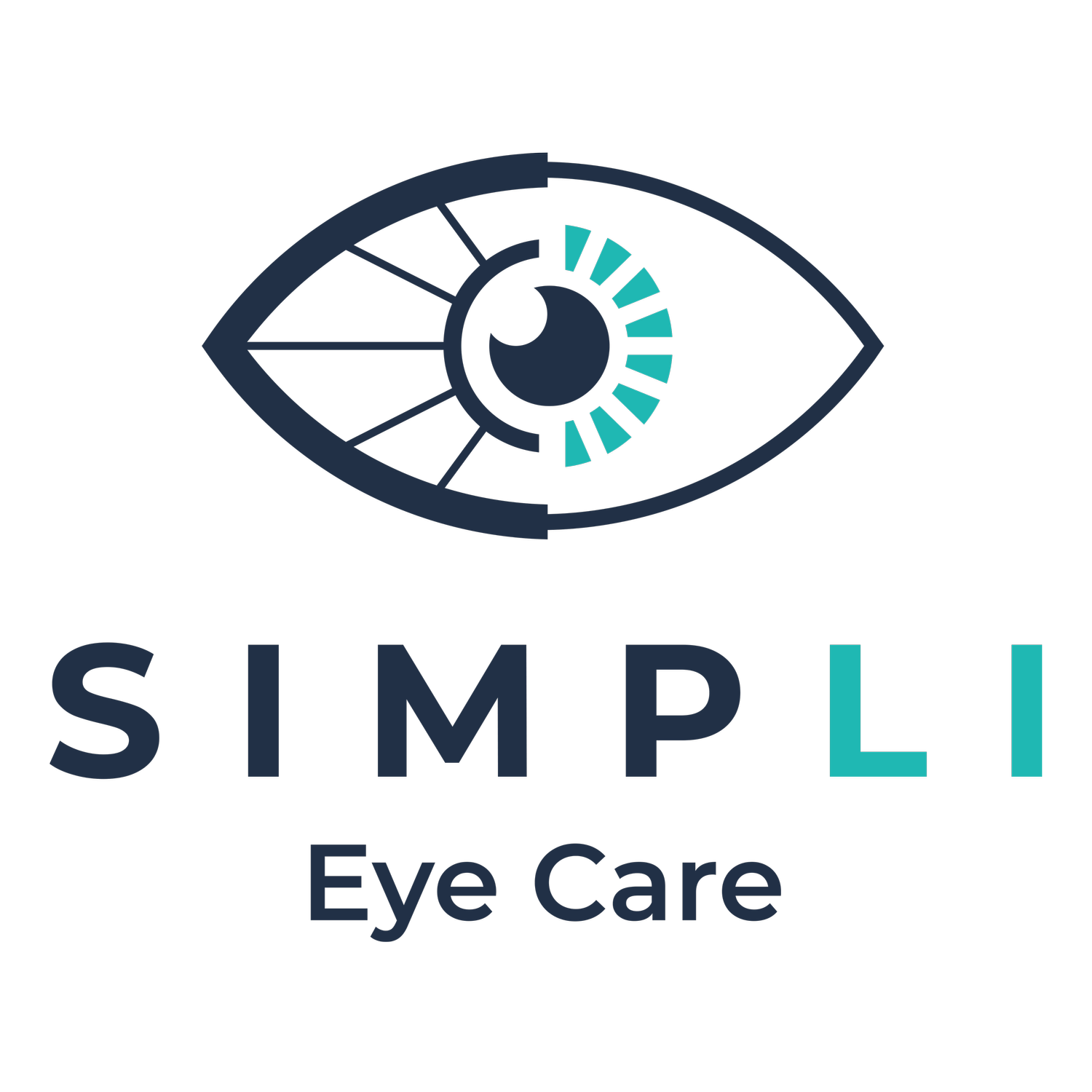Understanding Contact Lenses
For those seeking vision correction for nearsightedness, farsightedness, or astigmatism, contact lenses stand out as a widely embraced and efficient solution. In the United States, approximately 20% of individuals requiring vision correction opt for contact lenses. With a history spanning over 125 years, these lenses now come in a diverse array of materials and types, making them accessible to nearly everyone.
While eyeglasses may be a stylish accessory, there are instances when one prefers the appearance without them. Contact lenses offer a clear vision without the need for eyeglasses or expensive vision surgery. Additionally, they provide a broader field of vision compared to glasses, proving advantageous for sports, hobbies, and professions like photography.
Embarking on the journey of wearing contact lenses involves an initial eye exam and contact lens evaluation with an eye care professional. In the United States, contact lenses are considered medical devices that requires a prescription. To determine the most suitable lenses, the eye care professional evaluates your visual condition, eye structure, and natural tear production.
Contact lenses fall into categories based on various factors, including:
Material composition
Duration of wear before removal
Lifespan before replacement
Design of the lenses
Material Composition of Contact Lenses:
There are four main types of contact lens materials:
Soft Lenses: Comprising over 90% of the market, these thin, ultra-comfortable lenses are made from gel-like plastics with a high water content. Initially crafted from hydrogel materials, they now predominantly use silicone hydrogel for improved oxygen flow to the eyes.
Hard, Gas Permeable Lenses: Also known as GP or RGP lenses, these smaller lenses, made from plastics without water, often offer sharper vision but require a longer adaptation period.
Hybrid Lenses: Combining a rigid gas permeable center with a soft lens material around the border, these lenses provide a blend of clear vision and comfort.
Wearing Time for Contact Lenses:
Contact lenses are broadly categorized as daily wear or extended wear, with daily wear lenses requiring nightly removal and extended wear lenses designed for up to seven days. The wearing time is crucial to prevent potential corneal damage.
Life Span for Contact Lenses:
The lifespan of contact lenses varies based on their type:
Daily disposable lenses: Replaced after one day
Overnight disposable lenses: Replaced after one week
Monthly wear lenses: Discarded after 30 days
Gas permeable contact lenses: Can last up to a year or longer with proper care
Designs for Contact Lenses:
Contact lenses come in various designs catering to different vision correction needs, including spherical, toric (for astigmatism), bifocal, multifocal, and orthokeratology lenses.
Additional Features of Contact Lenses:
Beyond vision correction, contact lenses offer features such as colored contacts, special-effect contacts for theatrical purposes, and prosthetic contacts to conceal disfigurements.
Selecting the Right Contact Lenses:
To find the ideal lenses, a comprehensive eye examination and contact lens evaluation by an eye doctor are essential. Trial lenses are used to determine the best fit and vision. Follow-up visits ensure the lenses continue to fit well and address any emerging complications.
Proper Care and Handling:
Caring for contact lenses involves using a single, multi-purpose lens solution for cleaning, disinfecting, and storing. Daily disposables eliminate routine care, providing a fresh lens each day. Guidance on care is typically provided by the eye doctor or contact lens technician during the initial fitting. Regular follow-ups ensure continued comfort and proper lens fit.

